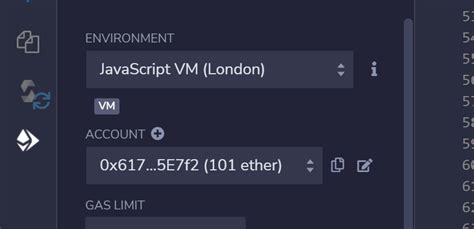Protecting Your Assets with Backups in Ethereum Multisig Wallets

Ethereum, the second-largest cryptocurrency by market capitalization, has made significant strides in providing users with advanced security features. One of these features is multisignature wallets, which offer greater anonymity and protection for investors. However, one critical aspect that remains crucial to the overall security of a multisig wallet setup is backup.
In this article, we will delve into what needs to be backed up and why in an Ethereum multisig wallet setup.
What Needs to Be Backed Up?
A multisig wallet allows users to authorize multiple accounts or individuals to hold, sign, or approve transactions. This feature enables the creation of complex smart contracts that require multiple signatures for successful execution. To ensure the integrity and security of these wallets, several things need to be backed up.
- Private Keys: These are the digital keys used to access the funds in a wallet. Private keys can be used directly to send or receive Ethereum. In a multisig setup, each key must be stored separately to prevent unauthorized access.
- Transaction History: This includes all transactions made on the Ethereum network, including deposits, withdrawals, and smart contract executions. Backing up transaction history provides valuable insights into the wallet’s activity and can help in case of an attack or hack.
- Wallet Configuration
: A multisig wallet typically requires a specific configuration to function correctly. This might include details about the wallets’ settings, such as the number of signatures required for certain actions or the expiration date for each account.
Why Back Up These Assets?
Backing up these critical assets ensures that your Ethereum funds and wallet information remain secure in the event of:
- Data Loss: If a multisig wallet is lost or corrupted due to hardware failure, software bugs, or other accidents, backup copies can be used to restore the data.
- Hack or Attack: In the unlikely event of an attack or hack targeting your wallet, having backups ensures that you can recover your funds and wallet information in case something goes wrong.
- Regulatory Compliance: Depending on where you reside, there may be regulatory requirements for storing certain types of assets or data. Backing up these assets helps ensure compliance with such regulations.
Best Practices for Backing Up Your Multisig Wallet
To effectively back up your Ethereum multisig wallet:
- Store the private keys securely using a hardware security module (HSM) or an encrypted storage solution.
- Use a secure and reliable transaction history management system to keep track of all transactions made on the network.
- Regularly update your wallet software and configurations to prevent exploits and vulnerabilities.
Conclusion
Protecting your assets in a multisig Ethereum wallet requires careful consideration of several critical factors, including private keys, transaction history, and wallet configuration. By backing up these essential assets, you can ensure that your funds and wallet information remain secure in the event of an attack or loss.
With the right practices and precautions, you can enjoy greater peace of mind knowing that your Ethereum multisig wallet is well-protected.
Leave a Reply